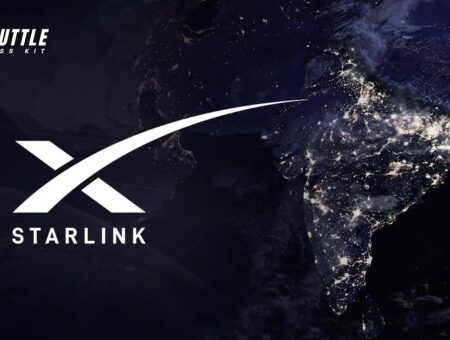Are you tired of high internet bills and looking for a futuristic solution? Dive into this essential read to uncover whether Starlink Services, the satellite internet by SpaceX, will soon become more budget-friendly. With a focus on the current pricing, comparisons, and future technological advancements, this article is packed with insights that could influence your future connectivity choices.
While Starlink’s innovative technology currently comes with a heftier price tag compared to traditional internet services, several factors suggest potential price reductions in the future. As technology improves and production scales up due to market expansion and higher demand, costs are likely to decrease. Additionally, with SpaceX continuously launching more satellites to enhance global coverage and capacity, economies of scale could play a crucial role in reducing prices.
Why Is Starlink So Costly?
Launching thousands of satellites to build the Starlink network involves significant expenses. One major factor is the cost of using SpaceX’s Falcon 9 and Heavy rockets for deployment. Even though these rockets are reusable, offering some savings on launch costs, each Falcon 9 mission still represents a considerable financial investment.
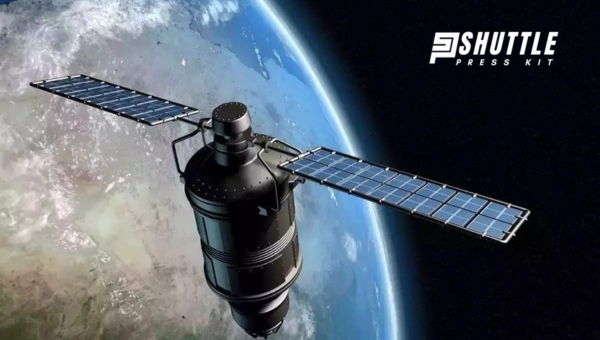
Additionally, the high production costs of Starlink’s hardware terminals add to the overall expense. Despite efforts to reduce these costs over time, selling these units at a current price still results in a loss per hardware set sold, making it challenging to cover initial production investments.
Moreover, Starlink has undertaken substantial infrastructure development to support its satellite internet service, including establishing over a hundred ground stations worldwide. These infrastructural developments require significant capital expenditure upfront. The company also shouldered extra costs by providing support to Ukraine, exacerbating its financial outlays,
Also Read: Starlink Ethernet Adapter Setup: Complete Installation Guide
Overview of Starlink’s Pricing Plans
Starlink, a satellite internet service by SpaceX, offers a variety of pricing tiers tailored to different user needs—from residential setups to on-the-go connectivity and professional maritime operations. Understanding the current pricing structure is essential for potential customers to identify the most suitable option according to their specific requirements. Here’s a breakdown:
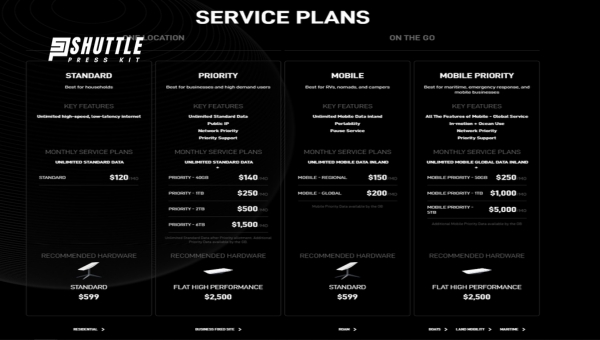
- Standard Plan:
- Cost varies between $90 – $120 monthly.
- Speed range caps off between 25-220 Mbps.
- Ideal for home or personal use, providing reliable internet access for streaming, browsing, and more.
- Priority Access Plan:
- Monthly fees range from $250 – $1,500.
- Delivers faster speeds within the realm of 40-220 Mbps.
- Designed for users requiring priority support and enhanced speed consistency.
- Roaming Option:
- This plan is priced at about $150 – $200 per month.
- Offers reduced speeds of approximately 5-50 Mbps, aimed at users on the move needing basic internet access.
- Mobility and Maritime Plans:
- Priced significantly higher at approximately $250 – $5,000 monthly depending on specific needs and services required.
- Provides top-tier speeds up to about 220 Mbps.
- Catered towards professional or commercial use in transit situations such as shipping operations or extensive travel.
These tiers reflect Starlink’s commitment to offering scalable solutions across different user bases—from casual internet users in remote locations to businesses with critical data requirements. Each plan includes the leasing or purchase of necessary equipment (satellite dish and modem), varying by region and availability.
Starlink’s Expansion and Affordability Efforts
Starlink has been making strategic moves to widen its reach and make satellite internet more accessible across the globe. With a focus on reducing service costs, the initiative aims to make high-speed internet available even in the most remote areas.
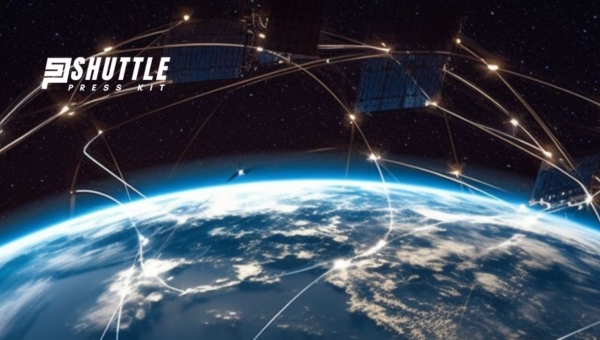
This approach not only promises to bridge the digital divide but also ensures that individuals in rural regions can enjoy reliable internet services without breaking the bank. By adjusting their pricing models, Starlink is poised to attract a broader customer base, fostering digital inclusivity.
The company’s drive towards affordability reflects an understanding of the diverse financial landscapes of potential users worldwide. Catering especially to those in underdeveloped areas, Starlink’s cost reduction strategies are a step towards leveling the playing field when it comes to global internet access.
These efforts are expected not only to boost user growth but also to solidify Starlink’s presence as a key player in connecting various demographic segments with dependable satellite internet services, thereby supporting economic growth and societal advancement through enhanced connectivity.
Also Read: Starlink Gen 3 Dish Or Antenna: Full Connectivity Breakdown
Influence of Regulations on Starlink Service Charges
The pricing structure of Starlink, SpaceX’s satellite internet service, has been subject to scrutiny and adaptation due to various regulatory requirements and policy impacts worldwide. These factors play a significant role in how the service is priced in different regions, affecting its affordability and access. Below are some critical points illustrating how policies have influenced Starlink’s pricing scheme:
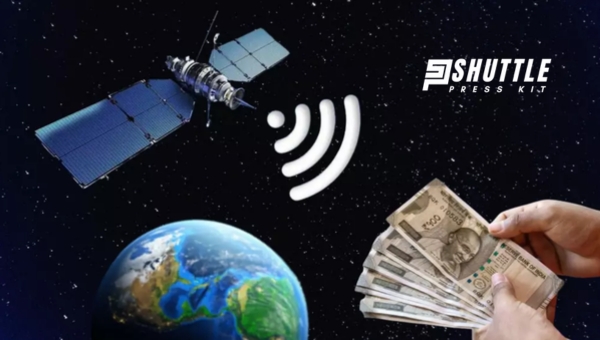
- Import Restrictions: The ban on importing Starlink kits without a valid operating license directly affects the supply chain, potentially leading to higher costs due to the need for regulatory compliance and possible penalties.
- Ownership Requirements: Regulations demanding that a certain percentage of ownership be held by historically disadvantaged groups can influence operational dynamics and cost structures, possibly reflecting changes in pricing strategies to accommodate these stipulations.
- Authorization for Sales: The necessity for obtaining proper authorization before selling Starlink kits introduces additional bureaucratic steps and could lead to delays or added costs, translating into adjustments in final user prices.
- Fixed Rate Settings: Mandates requiring fixed rates for satellite services ensure price stability but may also limit flexibility in response to market demands or operational cost changes. This could impact how competitively Starlink is priced compared with other options available in the market.
- Consumer Complaints Resolution: Addressing consumer complaints related to server glitches and device limitations requires investment in customer service and technology upgrades. Such improvements, while beneficial long-term, might necessitate immediate financial outlays reflected indirectly through service charges.
The complex interplay between regulatory compliance and operational efficiency challenges Starlink’s pricing strategy while emphasizing the importance of navigating through these requirements skillfully. Understanding these factors is crucial for evaluating the overall affordability and value proposition of Starlink’s offering within specific markets.
Consumer Perspectives on Starlink Service Costs
With the rising interest in satellite internet solutions, particularly those offered by Starlink, potential users have clear expectations regarding the service’s pricing structure.
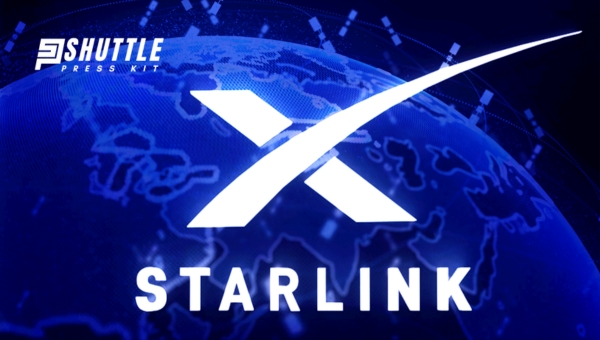
These expectations are shaped by the desire for accessible yet reliable internet connectivity across various regions. Understanding these perspectives helps in gauging what consumers are looking for when considering Starlink as their internet service provider.
- Competitive Pricing: Consumers are on the lookout for a pricing model that stands out not just for its affordability but also for offering a superior service compared to traditional satellite and terrestrial providers. The balance between cost and quality is paramount.
- Transparent Monthly Plans: There is a strong preference for clearly defined monthly subscriptions, allowing customers to choose a plan that best suits their needs without hidden fees or complex contract terms. Simplicity and predictability in billing are key factors.
- Reliability Over Cost: While affordable plans are crucial, many users prioritize the reliability of the connection, especially in remote or underserved areas where options are limited. A stable and consistent internet service is often considered worth paying a premium for.
These insights into consumer expectations around Starlink’s pricing highlight the importance of value, transparency, and dependability as deciding factors for potential subscribers.
Also Read: Starlink App Support Section’s Overhaul: A User-Friendly Refresh
Why Starlink May Become More Affordable?
Starlink’s pricing strategy exhibits a trend towards cost reduction in various international markets, a move likely aimed at enhancing its adoption across the globe. For instance, significant price adjustments have been seen in countries like France, Germany, Japan, and Mexico, among others.
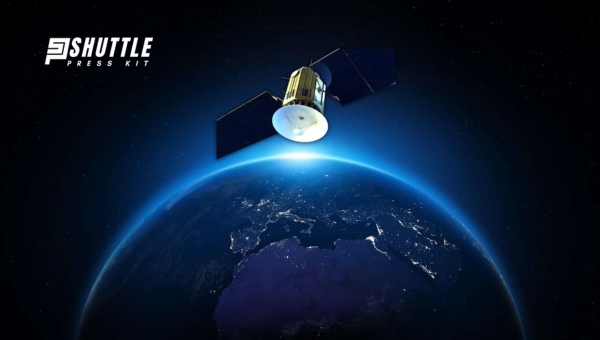
These price reductions serve as a strategic tool to make Starlink more competitive against other satellite internet providers within these regions. Furthermore, the overarching goal to expand the user base can serve as an impetus for possibly lowering prices even in markets where Starlink already holds a competitive edge due to superior service offerings.
Another compelling factor that could drive down Starlink costs relates to economies of scale and technological advancements. As SpaceX continues to refine its satellite manufacturing and launch processes over time, it stands to gain from reduced operational and production costs.
This advantage could potentially be passed on to consumers through lower pricing structures. Additionally, the company’s engagement with business customers—including airlines and maritime operators—offers an alternative revenue stream that might subsidize costs for individual consumers further driving down prices while maintaining service quality.
Will Starlink Monthly Cost Increase?
Speculating on the future pricing trends for Starlink, it’s plausible to consider that costs might escalate. Historical instances, such as the price hike from $99 to $110 in March 2022 and subsequent adjustments to $90 or $120 depending on area capacity in 2023, reveal a pattern of increasing fees.

Considering Starlink’s dominance in the B2C LEO satellite internet sector, devoid of substantial competition aside from its B2B rivalry with OneWeb, it stands as a significantly more advanced option compared to geostationary alternatives like HughesNet. This unique market position coupled with potential further disruptions in supply chains and inflation could justify future price adjustments.
Conversely, the flexibility offered by Starlink’s cancel-anytime policy places a limit on how much they can feasibly elevate their prices before risking customer retention. As consumers weigh their options considering availability and service quality across different regions, economic factors and technological advancements will play critical roles in shaping pricing strategies.
Thus, while there is a tangible possibility for increases due to various factors including market leadership and operational costs, customer responsiveness to price changes remains an important consideration for Starlink’s pricing strategy moving forward.
Also Read: Amazon’s Project Kuiper vs Starlink: Showdown Unpacked
FAQs
Why is Starlink so expensive currently?
Starlink’s high costs are primarily due to the advanced technology and significant infrastructure expenses involved in launching and maintaining a network of satellites.
How does Starlink compare with traditional broadband services when it comes to pricing?
Typically, Starlink is more expensive than many traditional broadband services, reflecting its unique value proposition of providing reliable internet access in remote areas.
Are there any indications from SpaceX about Starlink’s prices reducing in the future?
Yes, Elon Musk has hinted at possible price reductions as the technology matures and as operational efficiencies increase with scale.
What are the main factors contributing to Starlink’s current pricing strategy?
Key factors include the cost of satellite production, launch expenses, ground station construction, and continuous technological development.
Can expanding market reach affect Starlink’s pricing?
Absolutely! As more users adopt Starlink globally, economies of scale could potentially drive down prices through reduced costs per subscriber.
Conclusion
As we’ve navigated the complexities and potentials of Starlink’s pricing structure, it’s clear that a variety of factors will influence its future cost. Given SpaceX’s ambitious goals and ongoing technological advancements, there is potential for costs to decrease. However, high operational costs and regulatory expenses may pose significant challenges. Ultimately,
while Elon Musk has hinted at more accessible pricing as part of his vision, any significant price reduction will depend on the company’s ability to efficiently scale operations and navigate financial hurdles. Therefore, while cheaper Starlink services are a possibility, consumers might need to temper their expectations with patience.
